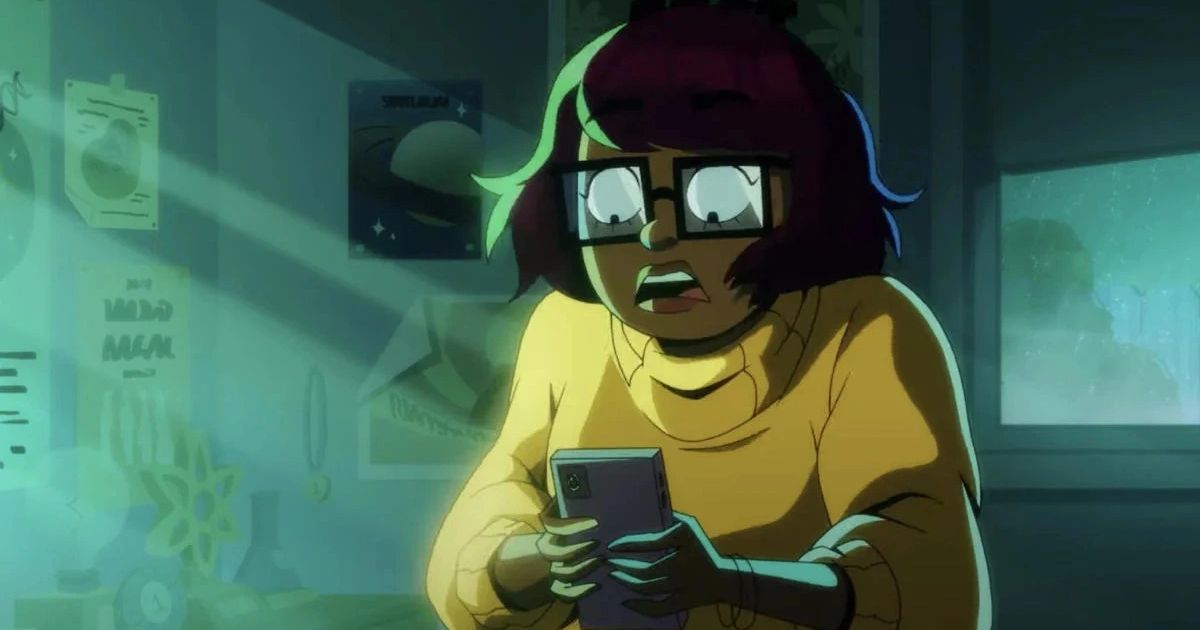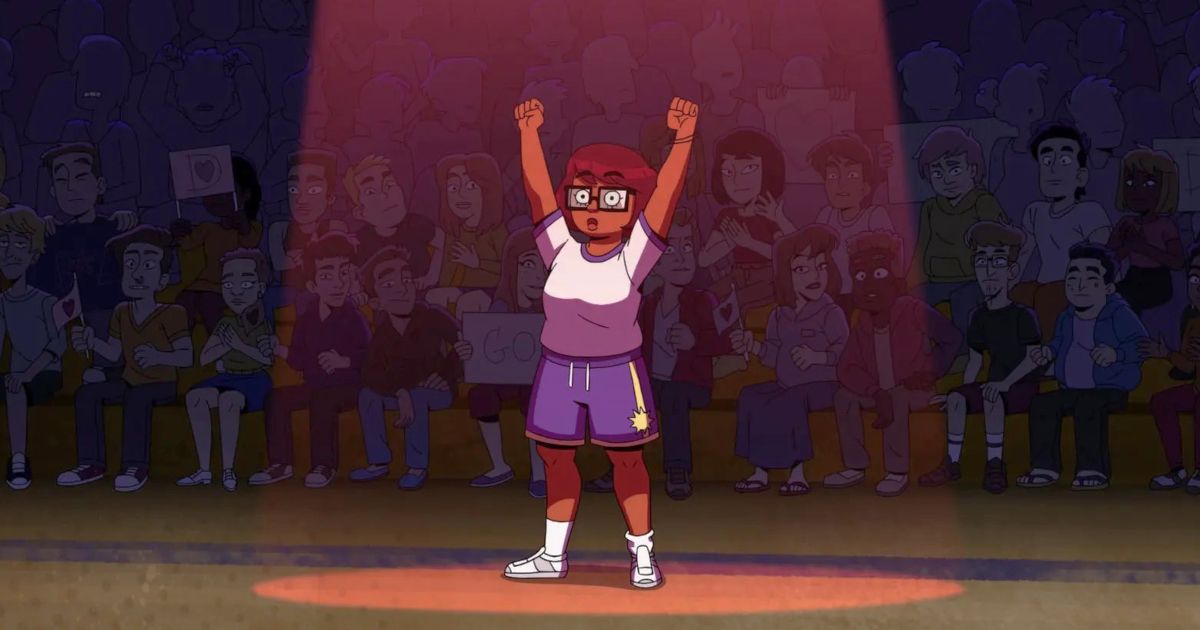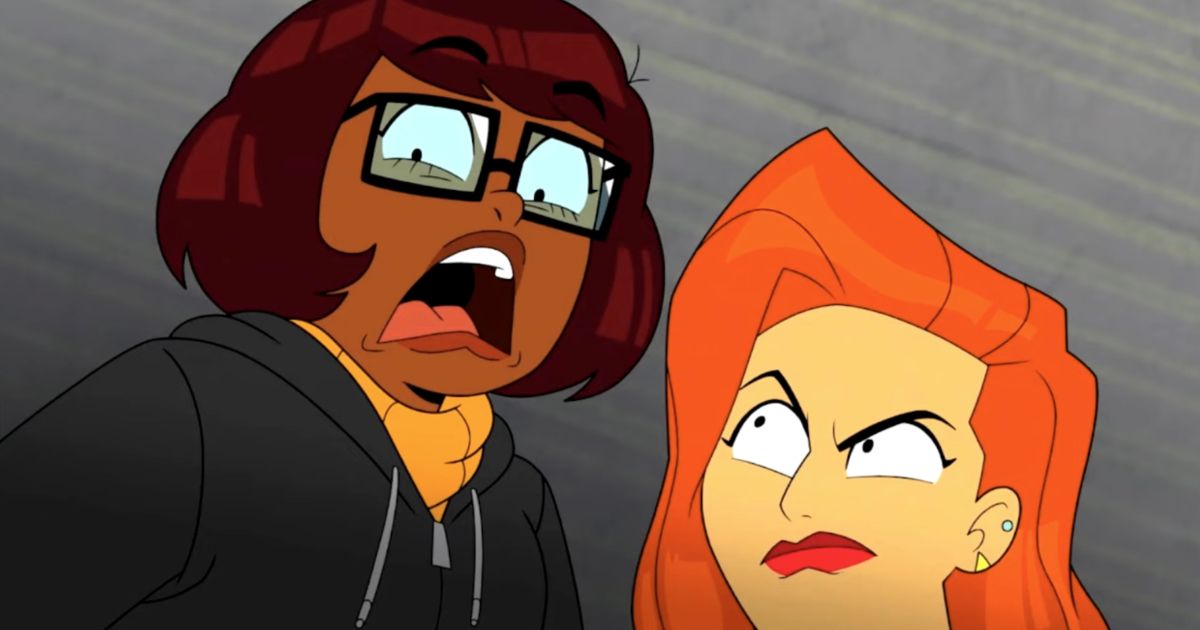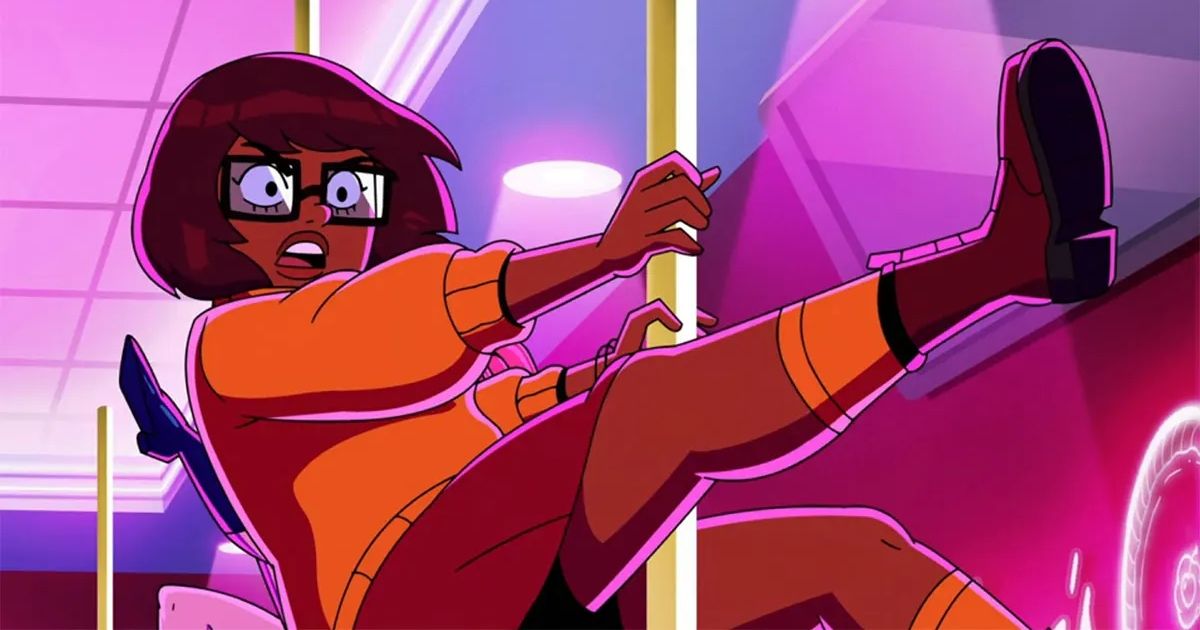When the adult animated series Velma exploded onto HBO Max in early January this year, audiences had a strong reaction to the heavy changes the series made to the familiar Mystery Machine gang. Quickly becoming the worst-rated entry on IMDb ever, with 1.4/10 stars, fans of the beloved series took issue with the irreverent tone of the show, the liberal adaptation of the main characters, to the point where their personalities don't resemble the source material, and the content of the comedy.
First criticized as being a "woke" adaptation, Velma showed its true colors as a series that feeds on comedy that criticizes with unprovoked judgments and intentionally outrages anything that it is in conversation with, including its audience members, to provoke a reaction.
The property that once featured young adults from all walks of life and social statuses getting along and bonding over the want to solve crimes to better the community, has now shape-shifted to feeling like a television show where characters constantly put down one another as if there was an omniscient presence they wanted the approval of, and acted cruel in the guise of being cool.
Controversially, even with the mature direction of the series, the core group's ages stayed the same as the original iteration, if not being aged down, with all of them hovering around 15 years old. Following the popularity of shows like Euphoria, and before then with the UK series Skins, it's not uncommon for media to depict children in adult situations. In line with plot points in the aforementioned properties, Daphne sells illicit drugs, and high school teenagers are killed off with little heart or care.
A 'Ruff' Audience Reception
However, what fans found most flagrant were the inappropriate situations involving minors present throughout several moments of the show—namely, scenes taking place in locker rooms where children are clothed with bubbles, and jokes made at the expense of Fred's small genitalia, when he is, as mentioned before, 15 years old. With all of these issues present, it might be a relief that Sam Richardson's Norville doesn't have his popular pooch by his side.
The reason why this crime-solving canine isn't standing next to Mindy Kaling's Velma isn't rooted in the show's reception though. However, it could be said that the canine's absence has nothing to do with the perceived quality of the project behind the scenes. From writing difficulties in the show's development, mandates from a turbulent studio, and the creators finding that the mere presence of a dog makes the show too kid-friendly; the reasoning for Scooby-Doo's absence is not as clear as one may assume.
With Velma being the first television series adaptation to not include the dog since the franchise's first iteration in 1969, audiences were left asking: Scooby-Doo, where are you?
Too Mature for a Mutt?
Dogs in animated shows, including adult-oriented ones, are not an unfamiliar occurrence in media. What comes to mind is a character that has been in the public consciousness for two and a half decades, from a show that is often a go-to for creators looking for crass inspiration—Family Guy's Brian. There is not one occasion where that show finds itself as special, or is breaking some kind of unsaid rule, with the inclusion of the series' narcissistic writer of a dog.
This cheapens the logic behind this upcoming quote from Velma's showrunner, Charlie Grundy, in an interview with Polygon, echoing sentiments that are wholistically very confusing.
“What made Scooby-Doo a kid show is Scooby-Doo. We couldn’t have a take on it, like how can we do in this fun and modern way. [Our efforts] coincided with Warner Bros. Animation saying we can’t use the dog!”
The idea that Scooby-Doo instantly makes the property geared towards kids, when the live-action films from the 2000s openly had references to Shaggy's weed habit, is beyond reason. He had a love interest with a girl named Mary Jane. Making such a restrictive judgment about a property, when said judgment interferes with the identity of what you're adapting, is ill-advised at best. However, when most jokes in the series come at the expense of other people, or from inappropriately sexualizing characters, maybe it's best that the writers didn't ponder too deeply how a dog could be utilized in the show.
Scooby Was Never An Option
Grundy expresses that after the writers debated using the crime-solving canine in this show, Warner Bros. told them that the dog wasn't available to be used in the first place, in a very "I'm not fired, I quit" manner. Grundy made it out like the studio and the show were in agreement that Scooby was never involved; but if that was the case, why was there a debate on the dog's inclusion in the first place?
The quote reads as an example of historical revisionism, where a showrunner hopes to make their show feel like it had more planning than it initially ever did. An adaptation of Scooby-Doo would, of course, love to use the character of Scooby-Doo, because that's a large reason a lot of people are fans of the franchise. If it was publicized that they never could use the central focus of the IP, it paints the studio's belief of their own project as hesitant and circumstantial. With the issues of the show and the feedback seen, it's easy to see that hesitancy as well-warranted.
That might sound ruff, but referencing Scooby-Doo as a character that doesn't fit in adult animation cuts off any potentiality the character has for mature content or subject, which isn't a stipulation we put on the other members of the Mystery Gang. Maybe things will get better in Season 2.
In short, the answer to "Scooby-Doo, where are you?" is... far from this, and thank God he is.
Velma is streaming on HBO Max.




